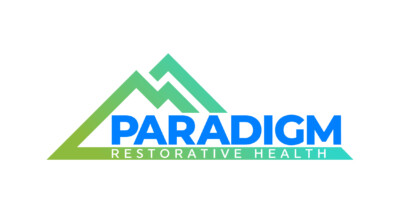PRP stimulates your body to produce its own natural collagen. The results are gradual and can start to be seen 4-6 weeks after initial treatment and full results three months following the last treatment. PRP injections require a blood draw from the patient seeking treatment. The amount of blood depends on how many areas we are treating, but on average 10 ml (2-4 collection tubes). It is recommended in a series of 3 treatments that are each 6 weeks apart following with one maintenance treatment per year. We draw a small amount of blood from your arm and spin it in a centrifuge to concentrate the platelets into a small amount of plasma (platelet-rich plasma). Since PRP is created from your very own bloodstream, there have been no recorded complications from it’s use besides mild bruising and swelling lasting up to a few days after the injections. Topical anesthetic is used to decrease sensation prior to the injections. Patients often feel a sensation of mild burning and itching under the skin as PRP is injected, as well as possibly experiencing small muscles near the injection sites twitching as the PRP activates the nearby tissues. This can last for 10-15 minutes following the injections. Depending on the amount of injections needed the procedure can take 30-60 minutes. PRP can be used for skin care or hair restoration.
PRP Skin Care- seeking to fill hollowed areas of your face or to improve the appearance of fine lines and creases, then you are a candidate for PRP injections to your skin. It is injected in a manner that is similar to fillers (Juvederm/Voluma), but with a smaller needle, which means less bruising and less pain than filler injections.
PRP Hair restoration- anyone experiencing age-related hair loss is a good candidate for PRP scalp treatments, but those with early hair loss or loss of hair in the last 9-12 months tend to respond best. PRP works by increasing the ability of the hair follicle to enter and maintain the growth phase. Men typically begin with hair loss in a well-defined pattern above both temples. The pattern proceeds to become more defined and over time the hair becomes thinner, shorter and recedes at the crown resulting in partial to complete baldness. Women tend to experience more diffuse thinning with a widening of the part and thinning along the temples. Hair loss can be seen in individuals in their 20’s, but typically begins in their 40’s.
